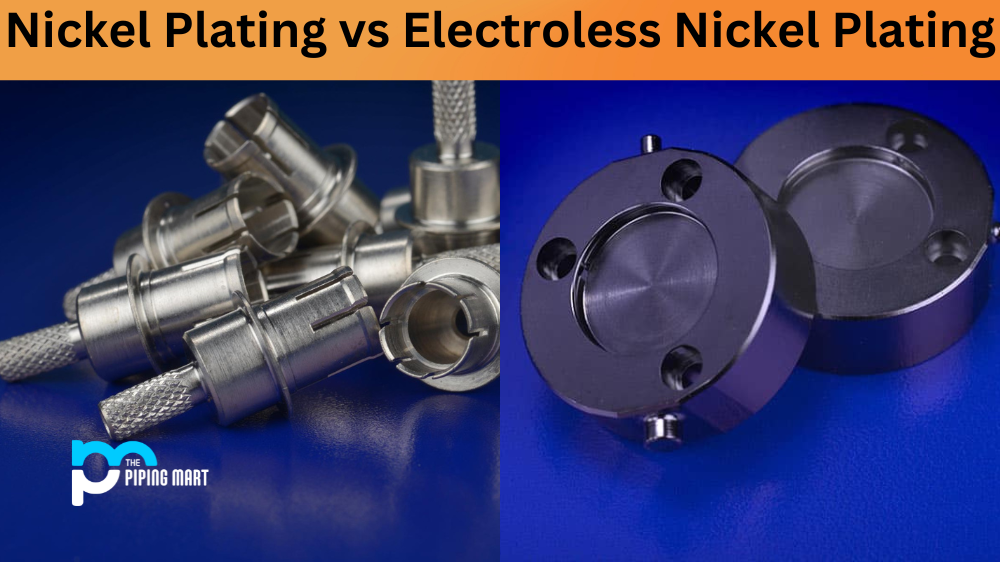What are stainless steel 310 pipes?
Grade 310 stainless steel is an austenitic stainless steel with excellent high-temperature properties, as well as good ductility and weldability. Commonly used in high-temperature applications is the Type 310 stainless steel pipe. The 310-grade steel pipes’ high chromium and nickel content provide excellent corrosion and oxidation resistance, as well as superior strength at temperatures up to 2100 °F.
The benefits of using stainless steel 310 pipes
Type SS 310 Pipes is a low-carbon austenitic stainless steel. Type 310, a lower carbon version of Type 310, is known for its ability to withstand high-temperature applications and also offers users a variety of benefits, including:
- Excellent corrosion resistance.
- Aqueous corrosion resistance is excellent.
- Continuous use in the 425-860 °C temperature range can reduce aqueous corrosion resistance due to carbide precipitation.
- not prone to cyclic heating or thermal fatigue.
- Form 304 and 309 are superior in most environments.
- High-temperature resistance up to 2100 degrees F
- Cost-efficient
Applications of the stainless steel grade 310/310S
310/310S applications include fluidized bed combustors, kilns, radiant tubes, petroleum refining tube hangers, steam boilers, internal components of coal gasifiers, lead pots, thermowells, refractory anchor bolts, burners and combustion chambers, retorts, muffles, annealing covers, saggers, food processing devices, and cryogenic structures.
Stainless steel sheets and plates have numerous advantages that meet or exceed the application specifications. The main advantage of these stainless steel sheets and plates is their high resistance, which allows them to be used in harsh environments. SS sheets and plates are appealing and challenging due to their bright and easily maintained surface. Several tests are performed to verify the strength of 310 stainless steel sheets.
The properties of stainless steel 310 pipes
These grades contain 25% chromium and 20% nickel. This is what gives it such high corrosion and oxidation resistance. A low carbon variety that is less resistant to embrittlement is stainless steel grade 310, 310S, and 310H pipes. Additionally, it suggests service sensitization. Due to its high and medium chromium and nickel contents, respectively, stainless steel can lower sulphuric atmospheres that contain H2S.
They are commonly used in mildly carburizing environments, such as those found in industrial facilities. Heat-resistant alloys are used in a wider range of applications. Stainless Steel It is not recommended to use Stainless Steel Grade 310/310S/310H Pipes for quenching that involves the use of regular liquids from thermal shocks. This grade type is commonly used in cryogenic applications due to its low magnetic permeability and toughness.
In common with austenitic SS, these grades are not hardened by heat treatment. It can be hardened through cold work but is rarely used.
Physical Properties of Grade 310/310S
The physical properties of stainless steel 310/310S are summarized as follows: at room temperature, density, electrical resistivity, shear modulus, Poisson ratio, electrical conductivity, and melting point. Other amazing physical properties include relative magnetic permeability, coefficient of expansion, and thermal conductivity.
Mechanical properties of Grade 310/310S
The mechanical properties of grades 310 and 310S are summarized with 205, 520, 40, and 225 as grades with 0.2 percent proof stress, tensile strength, elongation, and hardness, respectively.

Pipingmart is B2B portal specializes in industrial, metal and piping products. Also, share latest information and news related to products, materials and different types grades to help business dealing in this industry.




